Burt Munro passed away on January 6, 1978, aged 78. And had the 2005 movie The World’s Fastest Indian not been made for the modern generation, many would have not even known about the World Speed Record he set in 1967, riding his 1920 Indian Scout Munro Special motorcycle.
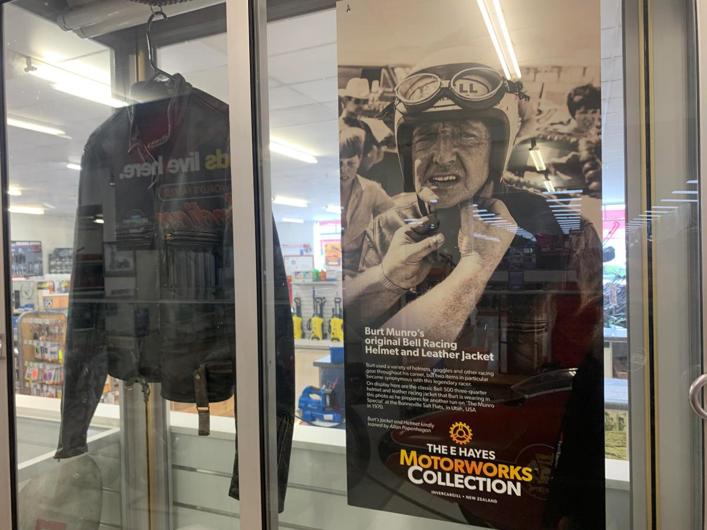
At 184.087mph, or 296.259km/h, equally impressive is the fact that Burt set the record at the ripe old age of 68 years. Even better, the class has since been retired, meaning Burt’s record will live on, in combination with the Roger Donaldson film, starting Sir Anthony Hopkins in the titular role – incredibly, the exact same age as Burt when it was filmed.

And a lot of its history lives on in Burt’s home town of Invercargill, at the Motorworks Collection, modestly but prominently housed and displayed within the E Hayes & Son hardware store, on Dee St, Invercargill.
Don’t let the exterior fool you: while it may look like just a hardware store, it’s a lot more, and the hardware is almost secondary to the historical significance of what sits within.
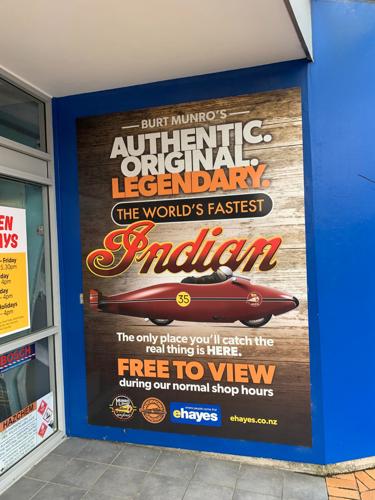
As part of the triple motoring treat of Invercargill, with the Classic Motorcycle Mecca and Bill Richardson’s Transport World, the Motorworks Collection is totally free to enter and view, and greets visitors right at the door with a huge collection of motorbikes, parts, memorabilia, history and more. Much more.
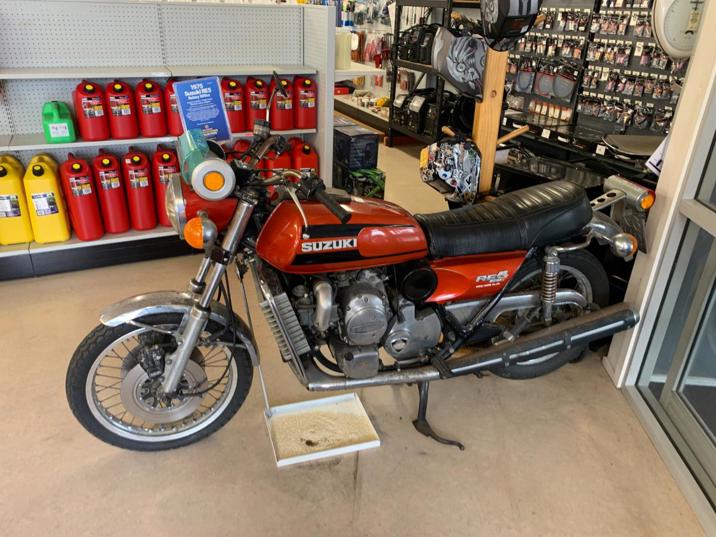
With more than 100 classic, vintage and modern motorcycles, automobiles, engines and equipment, it’s a collection like no other, spread throughout one of NZ’s largest independently owned hardware stores.

There are road bikes, rotary bikes, speedway bikes – both two and three wheels – a range of shirts and clothing to buy, 1970s and 1980s racing bikes, flat-track bikes and even kids bikes, including Norman Hayes' old Yamaha pocketbike from 1980, and brand new Indian EV bikes.
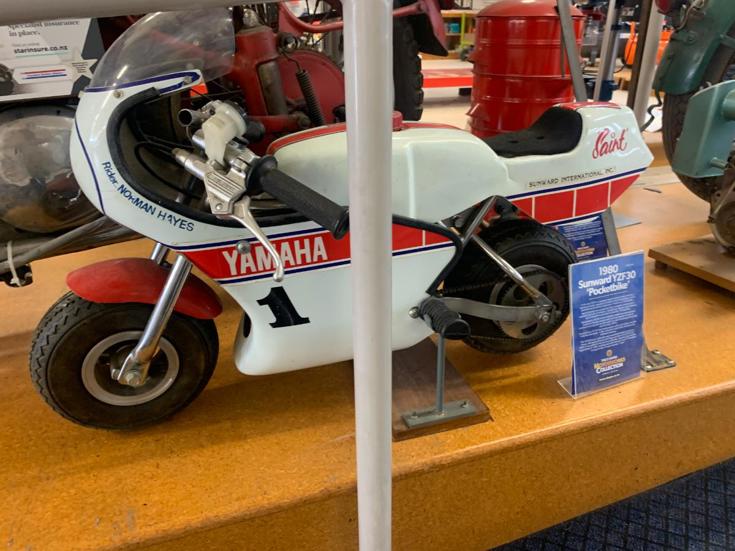
The centrepiece of the store-cum-museum is of course Burt Munro’s 1920 Indian Scout, the original one that Burt sold to the Hayes family in 1977 on the condition that the machines stayed in his beloved Southland.
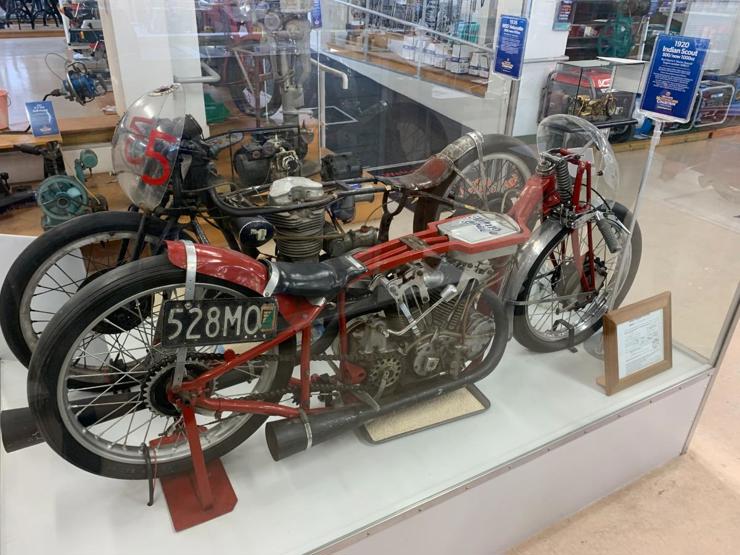
There is an abundance of Burt’s equipment, including his racing helmet and jacket, his “other bike”, the world’s fastest Velocette, and his “Offerings to the God of Speed” wall, where there are racks and racks of parts failures.

There are a number of Streamliner body shell replicas around, not just in the store, to either view or attempt to sit in, but there’s even one at Invercargill airport, reinforcing the importance and lasting legacy of Burt in his hometown.
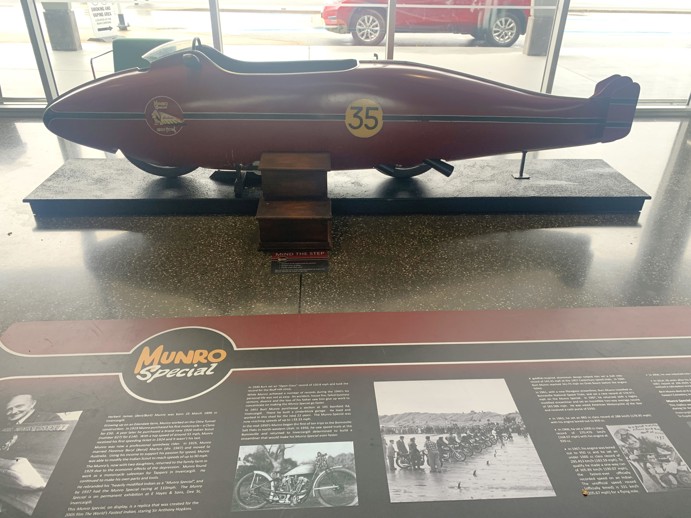
While other bikes and replicas were built for racing at the Bonneville Salt Flats and for the movie, E Hayes & Sons have proudly remained true to Burt’s wishes by preserving, maintaining and displaying his original bike and engine used for his record run.
Who is Burt Munro?
Herbert ‘Burt’ Munro was born in Edendale, 30km south of Invercargill, March 25, 1899.
In 1920, Burt’s passion for speed lead to his purchase of a standard Indian Scout motorcycle, for £120.
The Scout had a 600cc side-valve engine, acetylene lighting and was advanced for its time with a helical gear transmission and a top speed around 60mph/100km/h.

Burt started tuning the bike for speed, testing it on local roads and on the top of long, flat stretches of sand at Invercargill’s Oreti Beach, and top speeds rose to 90mph/145km/h.
As Burt continued to fine-tune the Indian at home, he found the original conrods would break, so started manufacturing his own from old Ford truck axles.
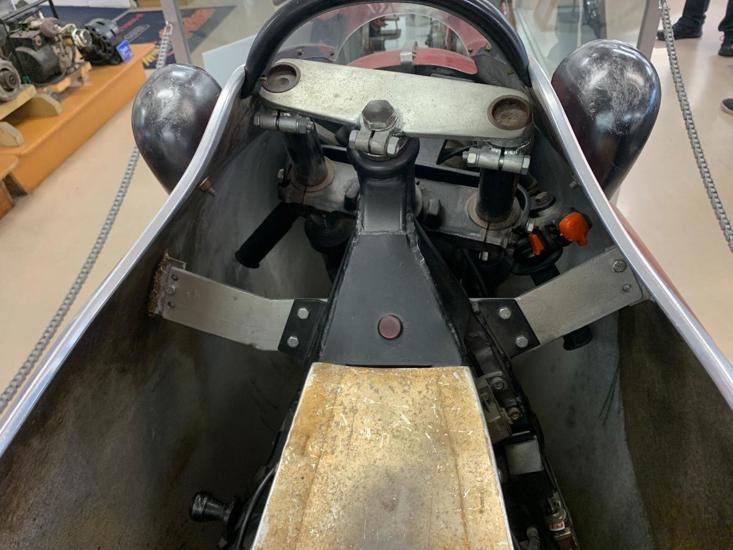
Over time, Burt gradually increased the bore and stroke of the engine, which took it out to just on 1000cc (1-litre).
Burt cast his own pistons using a large kerosene blow lamp and casting dies he made himself. Another improvement he found was changing those helical gears for sprockets and a triplex chain on the primary drive. He fitted extra springs to the clutch, he cut the gearbox layshaft and welded two gears from the Indian Chief to get closer ratios on the three-speed gearbox.
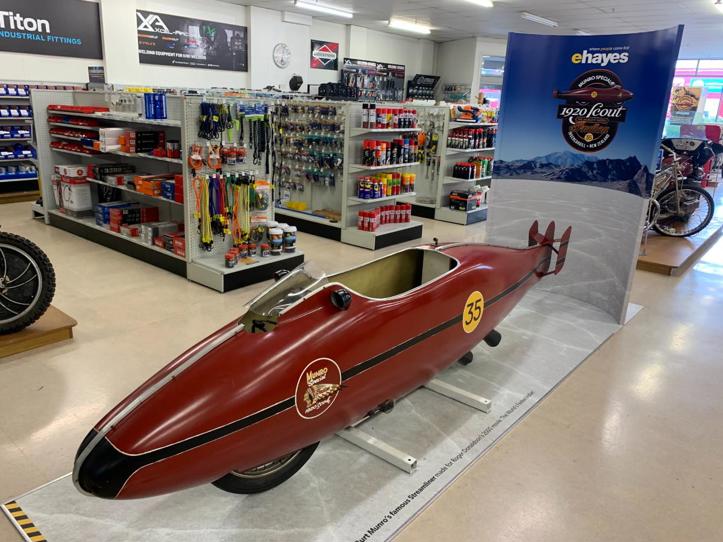
Originally the Indian Scout’s V-twin two-cylinder engine had only two cams (one per cylinder) which limited valve timing, so Burt changed this to a four-cam system which allowed him to alter the valve timing on both the inlet and exhaust cams.
Over the years, in his continuing quest for speed, Burt hand-built four different Streamliner bodies to improve aerodynamic efficiency around the bike and himself.

On his first trip to the Bonneville Speed Week in 1962, Burt rode the Indian to a top speed of 179mph/288km/h, which competitors and spectators found incredible, considering the age of both the bike (42 years old) and the rider (63). It’s the car equivalent of granddad setting a speed record in a 1982 Holden Commodore.
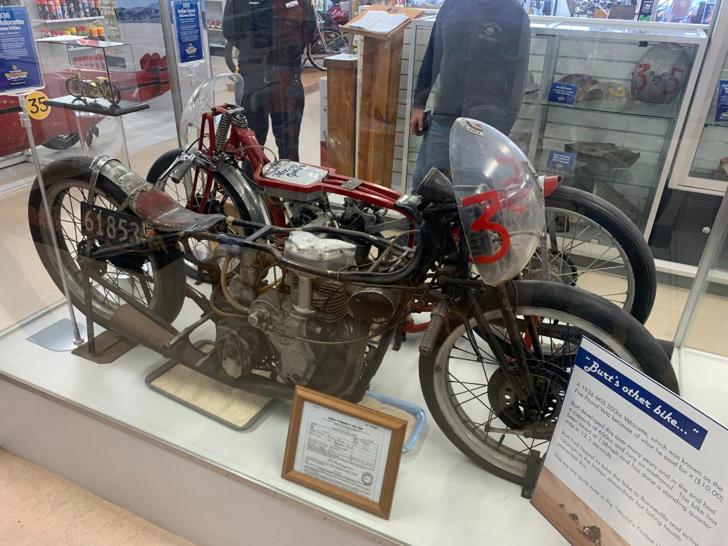
Five years later in 1967, Burt would return to claim the World Record Class S-A 1000cc title, with an average speed of 184mph/296km/h, which still stands today.

Burt was intending to take his Velocette to the USA to set another speed record, but a stroke in 1977 left him with diminished co-ordination and concentration, and as a result, he sold his Indian and Velocette, trailer and various engine and workshop parts to his good friends Norman and Neville Hayes, on the condition that the machines remained in his home.
Burt would pass away a year later, and it would take another 27 years for his incredible story to become a popular movie.
Contact: www.ehayes.co.nz











































